Guide on Renting a Storage Unit
Guide on Renting a Storage Unit
- 🏢 Choose the Right Size Unit
Assess your belongings and select a storage unit that fits your needs—consider whether you need a small locker for a few items or a larger space for furniture and boxes. - 🔑 Ensure Easy Access and Security
Look for a storage facility with good security measures, such as 24/7 surveillance, gated access, and personal key or code entry to keep your items safe. - 📦 Properly Organize and Protect Your Items
Pack items efficiently, use sturdy boxes, and protect delicate items with padding or covers. Label each box clearly and consider using shelves to maximize space inside the unit.
Those who require additional space to store their stuff may find that renting a storage unit is a perfect alternative. A storage unit can give you the extra space you require, whether you’re moving into a smaller home, downsizing, or simply need a place to keep seasonal decorations or equipment. It might be challenging to decide which storage unit type is best for you when there are so many options available.
In this article, we’ll go over the many kinds of storage units, why location, security, and pricing are important when choosing a storage facility, and how to prepare your possessions for storage. By the end of it, you will have a greater understanding of how to choose the ideal storage unit.
1. Choose the Right Size Storage Unit
Typically, there are a few most common options to choose from when it comes to storage unit sizes. Such as:
- Small storage units: These spaces, which are commonly 5×5 or 5×10, can contain a small room’s or closet’s worth of belongings, like a few boxes of personal goods or a season’s worth of clothing.
- Medium storage units: These spaces, which range in size from 10×10 to 10×20, may accommodate the furniture, appliances, and boxes of personal items from a one- or two-bedroom apartment.
- Large storage units: These spaces, which range in size from 10×20 to 10×30, may accommodate the furniture, large appliances, and boxes of personal belongings typical of a three- or four-bedroom home.
- Extra-large storage spaces: These spaces may accommodate the contents of a big house, many bedrooms, and big objects like cars, boats and RVs. They are normally bigger than 10×30.
Read also: Storage Ideas for Small Spaces
Once you are familiar with the storage unit sizes, you can move on to determine the right size for your needs. Here is how you can do that:
- Create a list of everything you intend to store in the storage unit. This will give you a rough estimate of the amount of space you’ll need.
- Determine how the largest objects will fit in the unit by measuring them. This way, you can determine the minimum size unit you’ll need.
- Think about the objects you will be storing; decide which you can store towards the back of the unit and which you will need to access frequently.
- Consider the dimensions of any boxes or containers you plan to use to keep your belongings.
- Remember that it’s best to be on the side of caution and get a somewhat larger unit to prevent being limited to a small space. A good general rule to keep in mind is to select a unit that is at least 10% larger than what you estimate, this will give you some buffer space for potential future additions.
- A few storage facilities allow you to alter the size of your unit as your storage requirements vary.
Read also: How to Store Furniture
2. Find a Reputable Storage Facility
The next step is to look for a reputable storage facility near you. Keep in mind that this may take a while to research.
- To get an idea of what’s available, start by researching storage facilities in your neighbourhood.
- Seek out facilities that have been around for some time; this is typically a sign of a strong reputation.
- Verify the facility’s licences, insurance, and certifications.
- Look for facilities with 24-hour security and climate control.
- Pay a visit and take a tour of the facilities to assess their general condition, security, and cleanliness.
- Feel free to ask any questions you may have of the facility’s employees.
Factors to consider when choosing a storage facility
When choosing a storage facility, there are some important factors to consider, such as:
- Location: Take into account how close the storage facility is to your residence or place of business. You can save time and money on commuting by choosing a storage unit that is conveniently located.
- Security: Seek out storage facilities with human security, gated access, and continuous video surveillance. It’s critical to know that your belongings are safe.
- Customer service: Seek out storage facilities with helpful employees that can respond to your inquiries and assist you with any problems that could arise.
- Climate control: Look for facilities with climate control if you plan on storing delicate objects that could be impacted by variations in humidity and temperature.
- Insurance: Make sure to ask about and understand the coverage offered by some storage facilities for your stored items.
Tips for finding online reviews and customers’ testimonials
- Search for reviews on Google, Yelp, etc.
- Check the storage facility’s website for customer testimonials.
- Look for online forums and discussion boards where people can share their experiences with storage facilities.
- Ask friends and family for recommendations.
- Pay attention to both positive and negative reviews, and look for patterns or common issues that may be important to you.
3. Preparing Your Items for Storage
It’s also important to properly prepare your items for storage to ensure that they remain in good condition. This can include cleaning, repairing, or protecting your items before putting them in storage. Improperly packed items can be damaged in transit or while in storage, resulting in costly repairs or replacements.
For example, if you don’t properly wrap and pack fragile items, they may be damaged from being jostled around during transport or from changes in temperature or humidity in the storage unit. Proper preparation also makes it easier to find and retrieve items from the storage unit.
With all that being said, here are our tips for packing and protecting items for storage.
- Pack your products in durable boxes and containers to prevent damage during transit or storage. This will prevent your valuables from being crushed or smashed. Boxes made of heavy-duty corrugated cardboard should be chosen because they are stronger and can hold greater weight. Use sturdy boxes instead of fragile ones because they are less likely to collapse or break.
- Use bubble wrap or packing paper to protect delicate items: Bubble wrap and packing paper are great materials to use for protecting fragile items such as glassware, dishes, and electronics. Use bubble wrap to wrap delicate items and fill any empty spaces in the box with packing paper. This will help prevent your items from moving around and getting damaged.
- Use furniture pads or covers to protect your furniture and keep them clean: Furniture pads or covers will protect your furniture from scratches, dings, and dust while in storage. Make sure to use covers that fit snugly and are made from a breathable material to prevent mould or mildew growth.
- To keep your mattresses clean and protected, use mattress covers or bags: Your mattresses will be shielded from dirt, moisture, and vermin by mattress covers or bags. To keep your mattress entirely sealed, look for bags or coverings made of sturdy plastic or vinyl that have zippered closure.
- Use stretch wrap or plastic wrap to protect upholstered furniture from dust and dirt: stretch wrap or plastic wrap can be used to protect upholstered furniture from dust, dirt, and moisture. It’s a good idea to use it on sofas, armchairs, and other upholstered furniture to keep them clean and protected.
- Disassemble larger items, such as beds and tables, to save space: Disassembling larger items such as beds and tables can save a significant amount of space in your storage unit. Be sure to keep all hardware and instructions in a labeled bag or container for easy assembly when you are ready to retrieve your items.
- Label your boxes and containers for easy identification: Labeling your boxes and containers will make it easy to identify what’s inside and where it should go in your storage unit. Use a permanent marker or label maker to clearly label each box with a brief description of its contents and the room it belongs to.
- Use vacuum-sealed bags to store clothes, linens, and other soft items to save space: Vacuum-sealed bags can help compress and protect your clothes, linen and other items.
Read also: How to Pack House for Move
Keep in mind that there are also items which are not allowed to be stored, such as:
- Hazardous materials, such as chemicals, gasoline, and explosives.
- Perishable items, such as food and plants.
- Illegal items, such as stolen goods or drugs.
- Some storage facilities may also prohibit items, such as firearms and fireworks for safety reasons.
Check with the storage facility for a list of prohibited items and make sure to follow their rules and regulations.
4. Renting and Maintaining Your Storage Unit
Finding a storage facility that matches your needs and booking a storage unit are the normal first steps in the renting process. A rental agreement that specifies the terms and conditions of your rental, such as the rental time, payment terms, and the facility’s laws and regulations, must then be signed.
After you have signed the rental agreement, you must pay for the unit. You can do this by setting up automatic payments, or by paying for the unit monthly. Before signing the rental agreement, its crucial to read, understand, and retain a copy of it for your records.
After that, what’s left is to transfer your belongings and make sure you maintain your storage space clean and organised. Here are a few tips on that.
- Keep your storage space organised and spotless to make finding and retrieving stuff simpler.
- To make the most of vertical space, use shelves or stackable bins.
- Keep a list of everything you have in your storage unit so you know what’s there and where it is.
- Always keep the unit locked and secured.
- Check on your belongings and make sure everything is in good condition by frequently visiting your storage container.
- To avoid a pest infestation, think about contacting a pest-control company.
- Be on the lookout for any indications of moisture, mould, or mildew and deal with them right away.
As you can see, there are many factors to consider when renting a storage unit. We encourage you to take the time to carefully consider all of your options and choose a storage unit that meets all of your specific needs. Remember to research different storage facilities, consider factors such as location, security, and customer service, and properly prepare and protect your items before storing them. By following these guidelines, you can rest assured that your belongings will be safe and secure while in storage.
Move Out Mates Services in London
Check out our top-rated cleaning services across London, always just a call away! With Move Out Mates, expert cleaning is always near you, ready to make your move easier.
Move out Mates Customer Say`s:
Here’s a selection of feedback from our customers who are thrilled with the exceptional service they received and couldn’t be more satisfied!
Get Your Free Quote Today!
Contact Move Out Mates now to request your free, no-obligation quote and take the first step towards stress-free cleaning services.

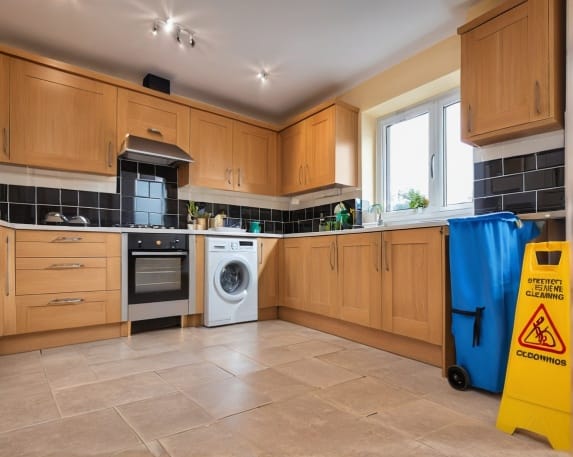
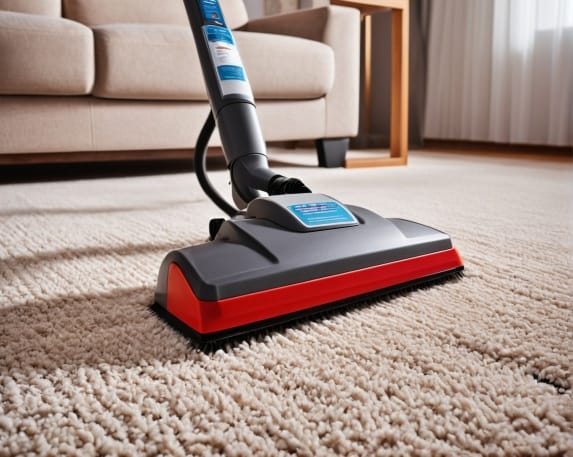

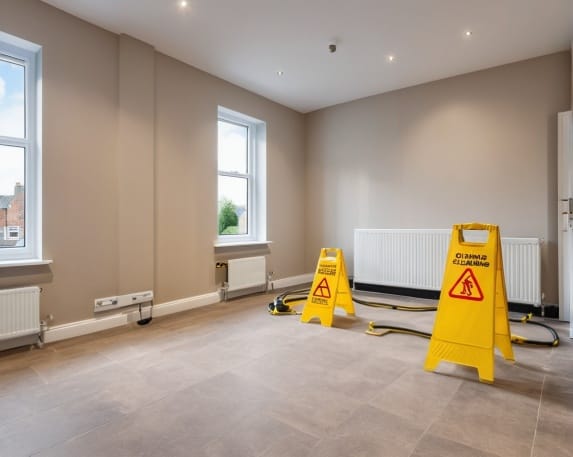
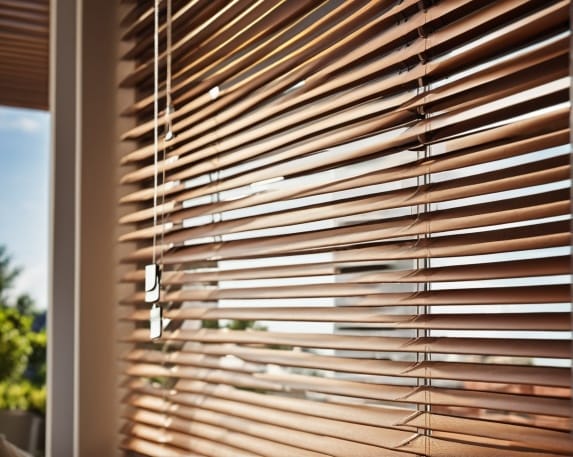

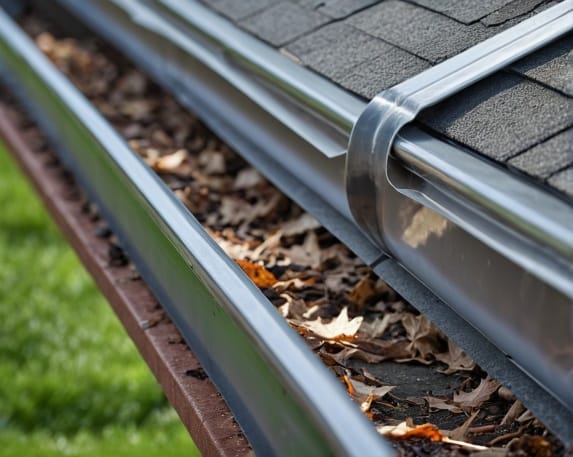

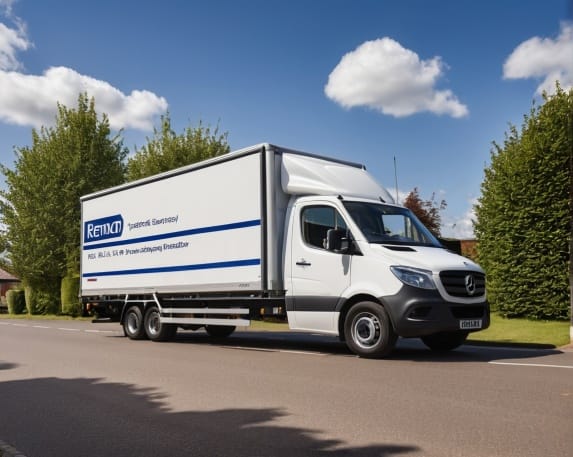

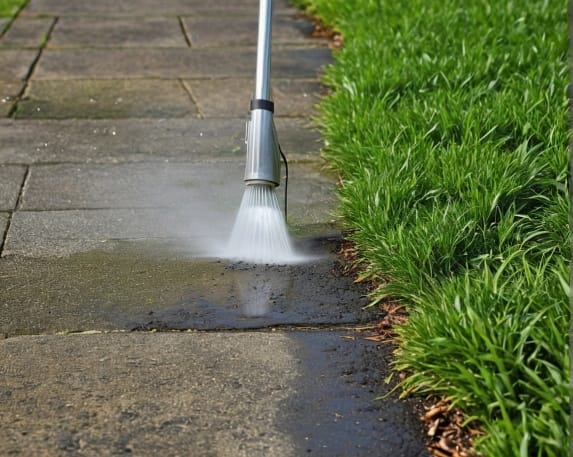
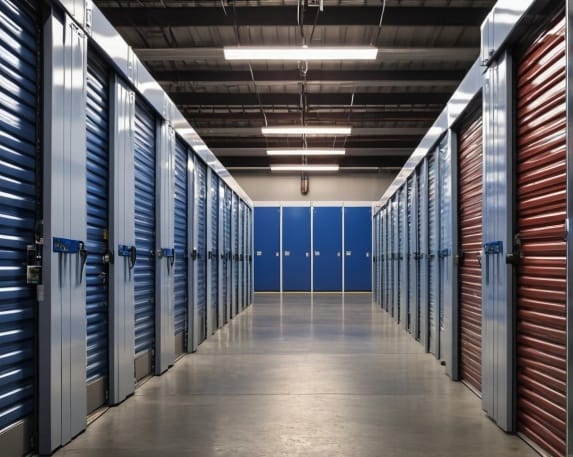
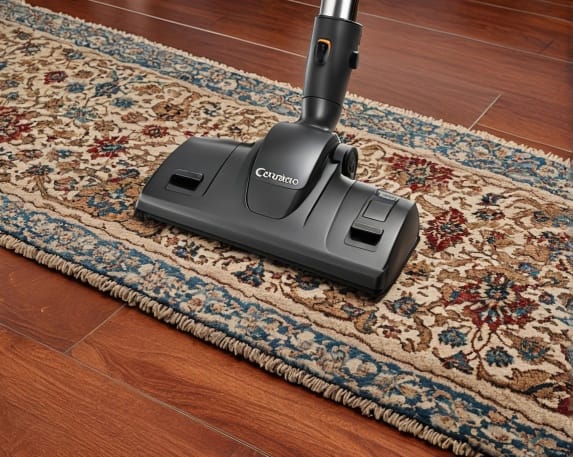
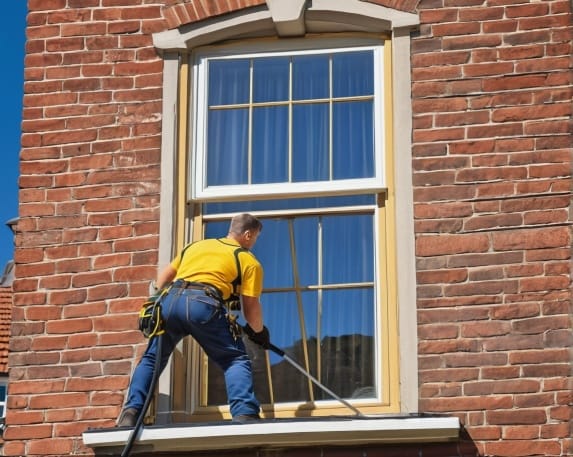
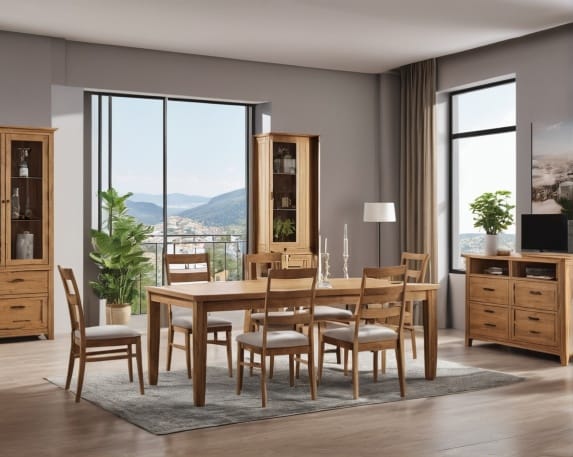
Leave a Reply